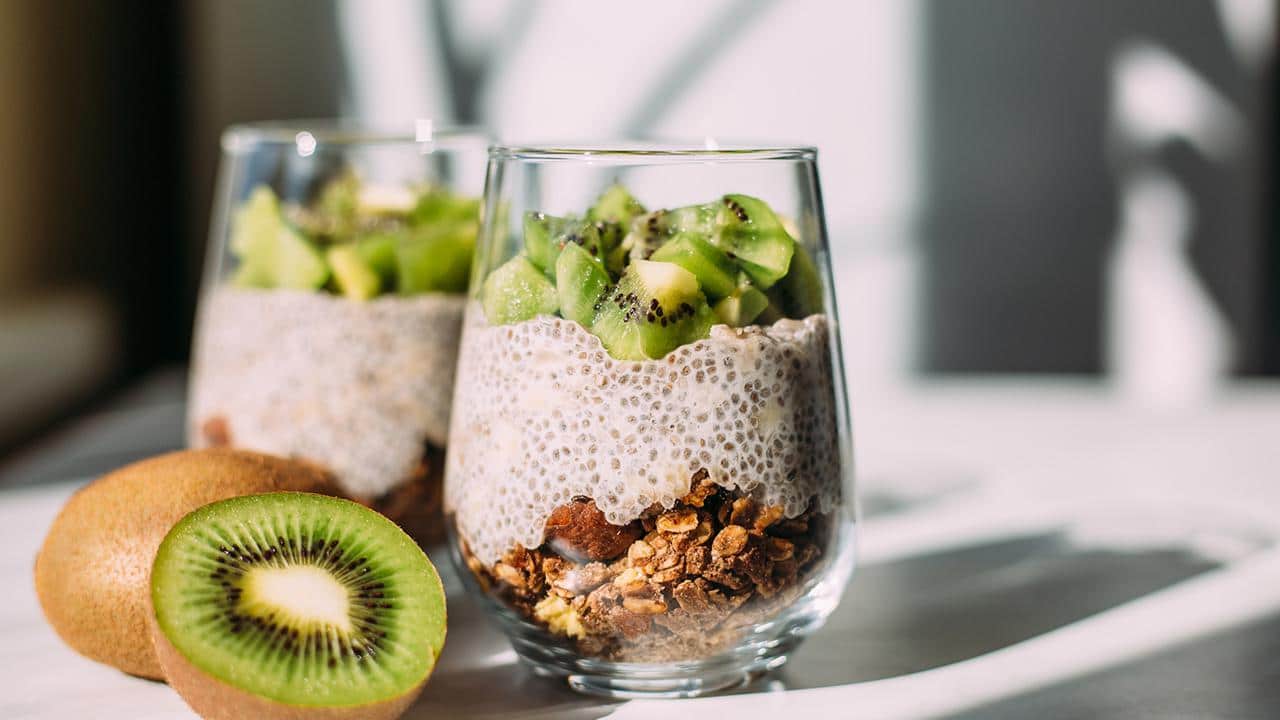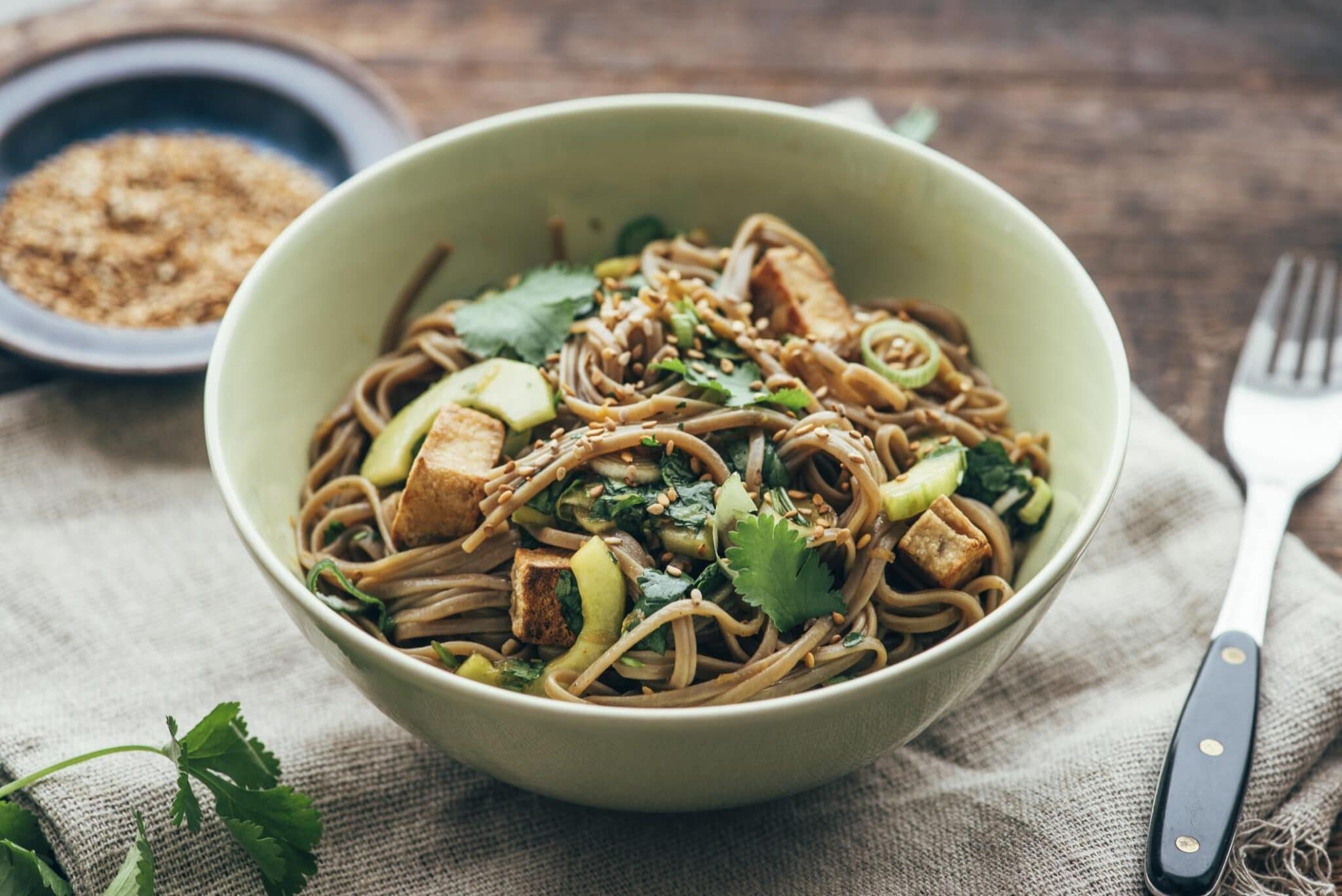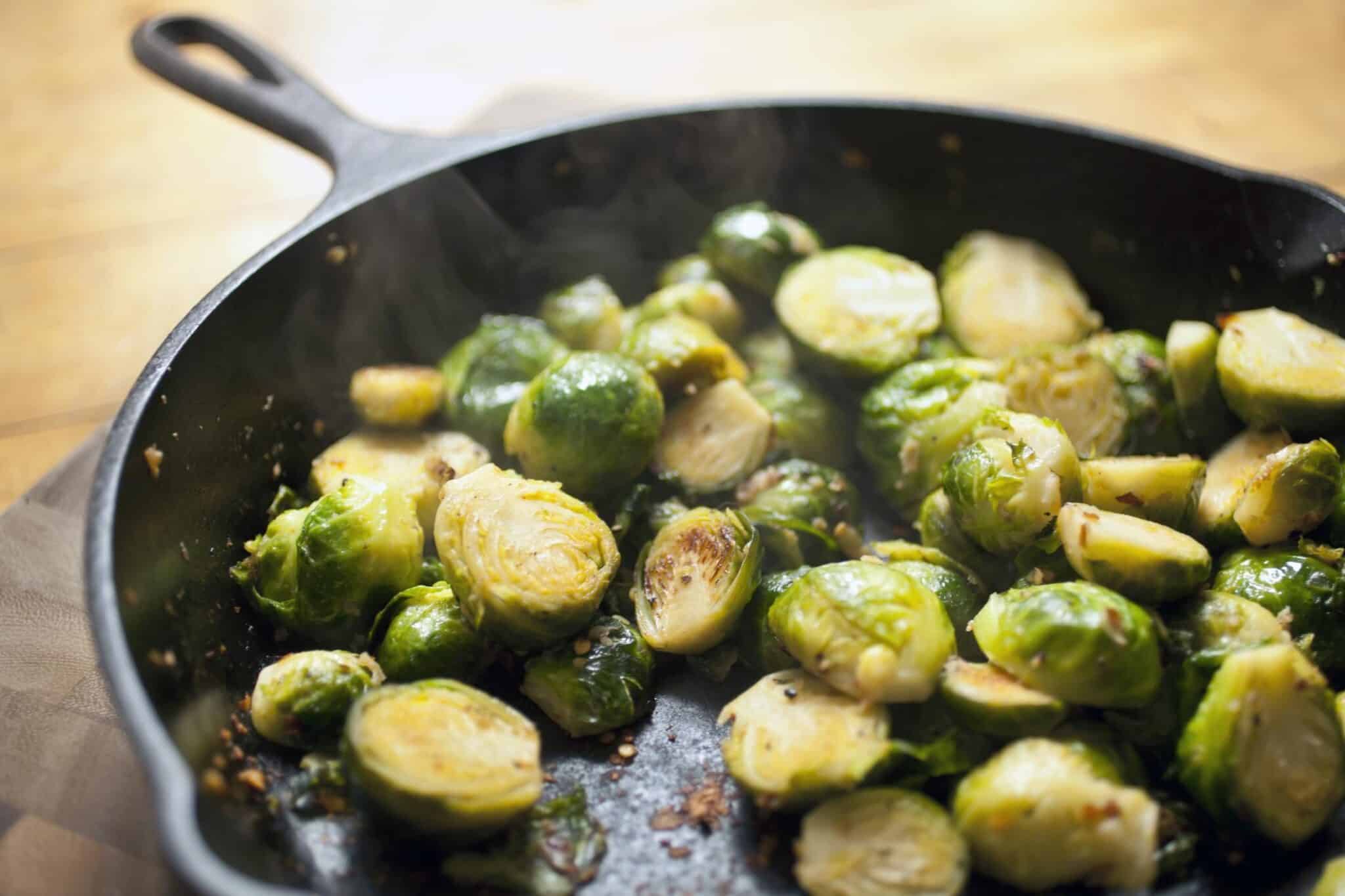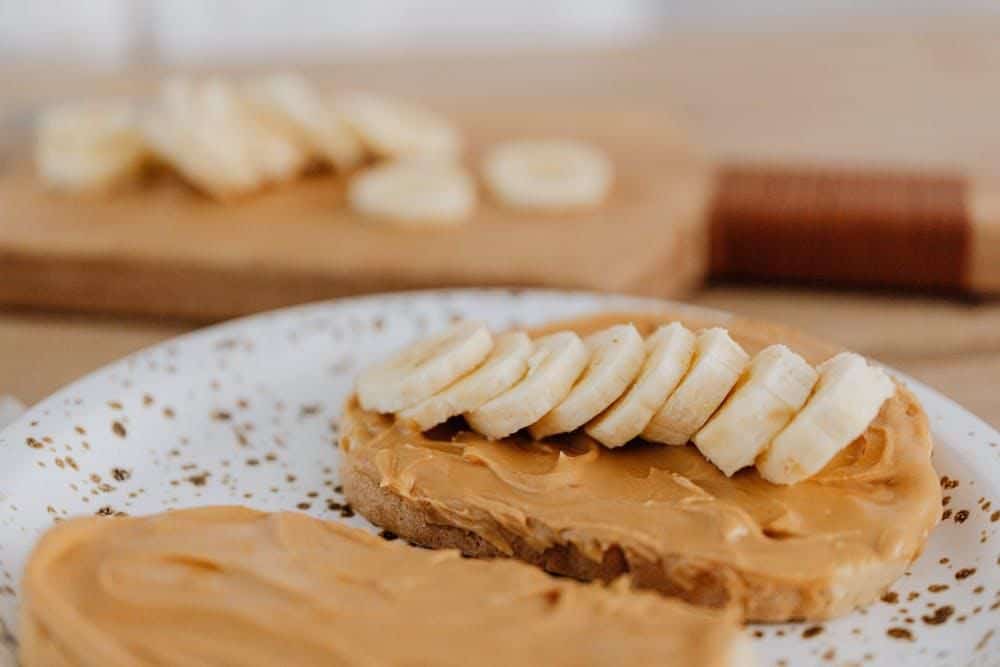

A plant-based lifestyle has multiple benefits, but if you are a new vegetarian or vegan, it may be hard to find healthy ways to replace the protein you are used to getting from meat. Even if this diet is old hat for you, there are definitely some foods that pack more of a nutritious punch than others.
Protein makes up about 17 percent of your body weight, and is required for our muscles, including the heart and brain, and helps to make the antibodies that fight infections. It also regulates blood sugar and helps with energy function.
Our bodies make some amino acids on their own, but there are nine that have to be taken in through our diets. These essential amino acids help build the protein within us that we need. Meats and eggs have enough of these to be considered full proteins, but plants are usually missing some or have levels that are too low, so they are partial proteins. So, how do you make up the difference?
Rather than be a pasta-tarian, check out these protein builders to give you the energy and nutrients you need to make it through the day.
1. Grains
Japanese Otsu Salad with buckwheat Soba noodles. Westend61 / Getty Images
Buckwheat
Buckwheat is a pseudo-cereal, and a plant-based complete protein. It has a nutty flavor and is typically cooked like oatmeal, or ground up into a flour for baking. Do you like soba noodles? Those are buckwheat. Just one cup of cooked buckwheat grabs you 6 grams of protein, in addition to phosphorus, manganese, magnesium, iron, and copper.
Amaranth
This crunchy grain can be made into a porridge, used as a side dish, or even put in salads. Like buckwheat, often it is ground into a flour for baking. One cup of cooked amaranth gives you 9 grams of protein, in addition to iron, magnesium phosphorus and manganese, which has been proven to protect brain health.
Brown and Wild Rice
These two grains are often lumped together, but they are quite different in texture, taste and even make-up. Both, however, will give you adequate protein, around 4 grams per cup. They also contain a good amount of fiber. You can use them as a side dish, or in a stir-fry to mix things up.
2. Vegetables and Fruits
Lara Hata / E+ / Getty Images
Avocado
You know this hearty fruit is a great source of healthy fats but did you know it also has quite a bit of protein? One half of an avocado gets you 2 grams of protein, and fills you up in the process. You can eat it in slices with lemon juice and sugar, or mash it up into a guacamole or topping for chips or pita slices. We all know by now that you can eat it on toast, but it’s also good diced in a summer salad. Yum.
Beans
Beans are one of the healthiest foods out there, and when it comes to protein, they are no slouch. A half cup of any type of bean gets you 6 to 9 grams of protein, in addition to a lot of fiber which will help keep you fuller for longer. Not only that, but beans help keep cholesterol levels low. And if you want even more, go for lentils — they have 12 grams of protein per half cup. You can put these into soups, or salads, chilis, tacos, or puree them and use them as a sauce thickener, as well.
Brussel Sprouts
Brussel sprouts are perhaps one of the least popular vegetables out there, but cooked the right way, or sliced up and steamed, they can add a kick to any meal, not to mention a dash of much-needed protein. A cup of cooked sprouts will get you 4 grams of protein.
Peas
Right up there with brussel sprouts on the unpopular list are peas, but there is more to the green tidbits than mushy lunch fare at the cafeteria. You can put them in salads, make them into a soup, roast or saute them with onions and spices, and just one cup of these little guys give you 8 grams of protein.
3. Nuts and Seeds
Pexels
Quinoa
Often thought of as a grain, quinoa is actually a seed, and it is one of the few plant-based foods that contains all 22 amino acids, making it a complete protein. While one cup of red, black, white or mixed quinoa will give you 8 grams of protein, the fact that the protein is complete makes it a powerful alternative to carbohydrates like couscous or rice. Quinoa does not grow from grasses, making it a gluten-free pseudo-cereal, containing more iron, zinc, fiber and magnesium than most grains. You can use quinoa in place of those other grains in most recipes without noticing any grave differences in taste, or boil it as a porridge.
Peanut Butter
Peanuts and peanut butter are classics when it comes to protein-packed, plant-based dietary choices. Just two tablespoons of peanut butter will get you 7 grams of protein, and you can eat it right from the jar. If you’re of more discerning tastes, you can add peanut butter to a variety of foods, including smoothies, curries, sweet and savory sauces, and even baked goods.
Chia Seeds
Most people know chia from that snazzy little jingle selling the products that grow a grass-like substance out of a cute animal mold or famous bust. Ch-ch-ch-chia! But these tiny round seeds have a lot of protein. Just two tablespoons gives you 4 grams, in addition to omega-3s, calcium, magnesium, selenium and iron. When they absorb liquid, they form a gel, which means they are great for puddings and jams.
Hemp Seeds
They’re called seeds, but technically they are nuts, and the white meat inside is super nutritious. Known as hemp hearts, this meat is a complete protein that also contains omega-3 and omega-6 fats. Just three tablespoons of the stuff will provide you with 10 grams of protein, in addition to nutrients like potassium, magnesium, zinc and 15 percent of your daily iron requirement. To eat them, just sprinkle them over salads, or add them to yogurt or smoothies for a mildly nutty flavoring.
Takeaway
How much protein do we really need a day? Experts say we need about 0.36 grams per pound. So if you weigh about 150 pounds, you’d want to eat 54 grams of protein each day as a starting point.
It’s not necessary to count each gram, but vegetarians or vegans feeling weak, lightheaded, or fatigued could be too low on their protein levels. Try to squeeze some protein into every meal to minimize those symptoms and also so that you don’t get hungry soon after you eat, which can happen with too many sugars and carbs without that balancing protein factor. If symptoms continue, talk to a dietician to make sure you are meeting your body’s needs.
Darlena Cunha is a freelance writer and a professor at the University of Florida, with degrees in communications and ecology.

 233k
233k  41k
41k  Subscribe
Subscribe 


